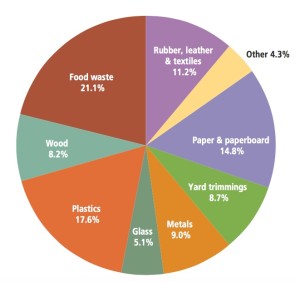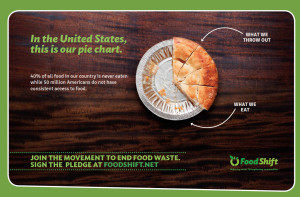Many people in the U.S. can say one word of Finnish without knowing it. They can say sauna. Some of them – I believe – even have some kind of an image what sauna is.
Some few have experienced it.
Sauna is an old Finnish word, and it is ancient old tradition in Finland. The word refers to the old way of bathing in this cold country, and it refers to the bathing house – a steam room that is heated up of with a special kind of stove, kiuas.
Ages ago saunas were considered sacred places in Finland. Women gave birth to their children in saunas – as they were not only sacred but also clean and warm places even in the midst of cold winter. There are many superstitions and old rituals related to bathing in sauna.
Still today, saunas are so important to Finns that nearly every apartment building in the country includes a common sauna for its habitants. In addition to that, quite many people have a tiny sauna in their apartment.
Houses are sure to have a sauna room – it would be considered odd if a new house built in Finland did not include a sauna.
In the cities, saunas have electric heating systems but in the countryside and in the leasure homes along the country’s 200,000 lakes, they are still heated up with logs burning in traditional stoves.
For decades, there has been two big sauna equipment producers and stove makers in Finland. These companies are called Harvia and Narvi.
Their owners were, and still are, among the richest people in Finland.
Photo: Harvia sauna
On Wednesday, December 3rd, the main headline in all the news sites of the U.S. was the mass shooting that happened in San Bernandino, California.
The most read story of the site of the main daily newspaper of Finland, Helsingin Sanomat, was about saunas. It was a column of the paper’s correspondent in Britain who wrote about her friend who wanted to have a Finnish sauna in her in her backyard in London.
“Ordering a sauna from Finland was not possible – why don’t Finns want to make money?” This was the headline of her story (roughly translated).
The text itself told that a Finnish-British family who tried to buy a Finnish sauna from Finland to London didn’t even receive an answer to their requests for offers from the Finnish sauna and stove makers.
Instead, a German sauna maker – with no roots in Finnish sauna tradition – answered immediately and finally built the family a Finnish style sauna with an electric heater.
Finnish readers were very upset about the story. Not only did it tell that foreigners were selling our tradition but it also told that Finns cannot make money abroad – even in the case when it should be really simple. The country’s economic situation is very worrying. Unemployment is in rise. Trade is slowing down.
And Finns let Germans sell the products that should be our national pride!
I wasn’t surprised to read this sauna story.
In Los Angeles, I met a Finnish film maker who told me what happened when he wanted to build a sauna to his backyard in Hollywood. He is a wanna-be carpenter and did all the wood work himself. He had his sauna in a garden shed, and finally only the heating system was missing. He wanted to buy a Finnish stove. He couln’t get one.
He bought a Swedish electric stove.
What a shame.
So what are the Finnish sauna makers doing? I decided to find out.
Money, is the first answer.
The sauna company Harvia’s profit margin has been between 20 to 25 percent every year since 2010. The company started in year 1950 as a small local stove maker and grew until the first years of new millennium.
The owners – a family with name Harvia – then reported that is was the as big as it can get in Finland. The family sold the company to an international investment company, and the company started to grow again.
Its’ net revenue was €40 million in 2010, and €44 million in 2014.
Narvi, the other main sauna brand, is not doing that well. It is a company with good financial standing and high gearing ratio – but for how long?
Last year its net revenue was €6,7 million. The net revenue reduced from the previous year 18 percent. At the same time Narvi made a loss of €282,000, and in 2013 the loss was even bigger: €1,9 million.
In its’ website, Narvi boasts about being “currently the only large producer of sauna heaters in the market, whose entire product range is designed and manufactured exclusively in Finland”.
Keeping the production exclusively in Finland is obviously not that good idea.
Harvia, the profit-making sauna maker, has opened factories in China, Russia and Estonia. They have a sales office in Hong Kong.
The CEO of Harvia told a reporter of Helsingin Sanomat this year, that Asians do not yet ask for a Finnish sauna built in their homes. But Harvia is doing business with hotels. If a hotel wants to have five stars, it needs to have a sauna.
Harvia may have a good reason to ignore one or two Finnish expats wanting to buy a Finnish sauna. Harvia is busy in Asia.
But the sauna maker Narvi, who wants to keep its production in Finland… What on earth keeps it from selling its’ products abroad?









